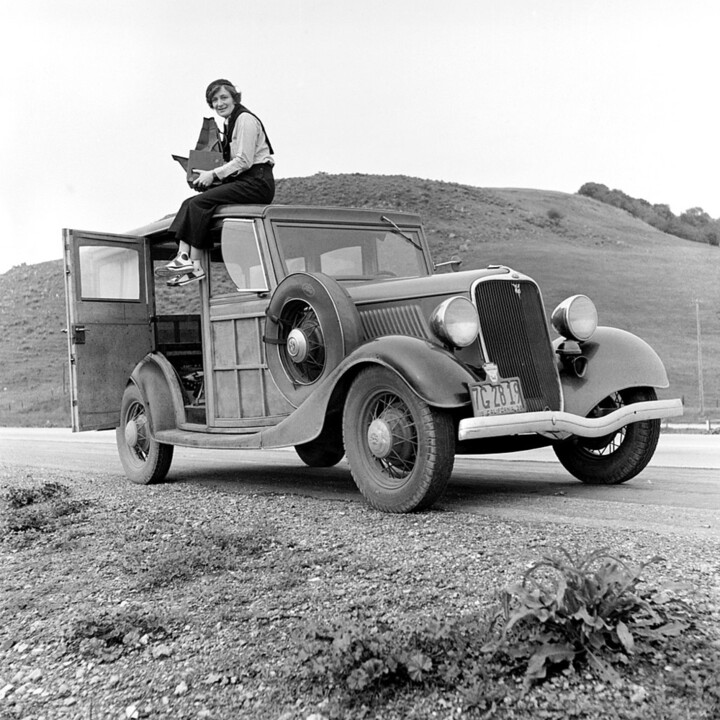 Dorothea Lange, photographer for the Farm Security Administration, in California (USA) in 1936
Dorothea Lange, photographer for the Farm Security Administration, in California (USA) in 1936
Dorothea Lange was a 20th century American photographer. She is known for her iconic photographs of the Great Depression. His work captured the suffering and humanity of those affected by the economic crisis. Dorothea Lange has used photography as a means of raising social awareness and advocating for workers' rights.
Biography
Dorothea Lange was born in 1895 in Hoboken, New Jersey. His parents were second-generation German immigrants. His father, Heinrich Martin Nutzhorn (known as Henry), left home in 1907. His mother, Johanna Caroline Lange, gave birth to his younger brother, Henry Martin Nutzhorn, in 1901. Unfortunately, in 1902, Dorothea contracted poliomyelitis, leaving permanent damage to her right leg.
After her father left, her mother, nicknamed Joan, found a job as a librarian at the New York Public Library, while Dorothea and her brother were cared for by their maternal grandmother and great-aunt. Dorothea then studied photography at Columbia University, under Clarence Hudson White. She began her career as a photographer in New York before moving to San Francisco in 1918, where she opened her own portrait studio, taking her mother's maiden name. In 1920 Dorothea married Maynard Dixon, a divorced painter much older than her. Together they had two sons. However, it was during the Great Depression that Dorothea turned her work towards street photography, capturing the heartbreaking stories of the homeless and the victims of the economic crisis.
His harrowing photographs caught the attention of the Resettlement Administration (RA), which later became the Farm Security Administration (FSA). In 1935, Dorothea was recruited as the organization's official photographer. She also published her photos in the San Francisco News, documenting the poverty and distress that affected part of the American population. These photographs were relayed by the United Press, helping to unlock emergency food aid from the federal government. Due to their state-owned status, the photos were released without a request for payment, which contributed to their rapid dissemination and status as icons of America's interwar period.
What distinguished Dorothea Lange from Walker Evans were the detailed captions she wrote to accompany her photographs. Unlike the sobriety of Walker Evans, Dorothea placed her images in a deeper narrative context, giving them an almost literary dimension. However, this approach put the images in context and made them even more powerful.
The Farm Security Administration (FSA)
The years 1935-1941, also known as "The Bitter Years", were marked by the economic crisis following the stock market crash of 1929. This crisis was aggravated by an exceptional drought, the worse since the year 1000, mainly affecting the southern states of the United States. The most alarming situation was in rural areas, where drought prevented farmers from harvesting anything. This employment crisis has led approximately 3.5 million people to find themselves destitute, wandering the cities in search of food or odd jobs.
In the years 1918-1929, the increasing use of tractors had already led to a rural exodus. However, this increase in mechanized agriculture led to the plowing of the fragile lands of the southern Great Plains, creating the Dust Bowl phenomenon. Those affected by the crisis therefore turned to landowners and cooperatives in search of work. They have become migrants, living in makeshift camps without drinking water.
In 1935, Dorothea Lange worked in California as an assistant to her husband, Paul Schuster Taylor, for the Resettlement Administration. His photographs, precise and evocative, met with great success with readers and editors of the national press. It then extends its scope to other states, such as Arizona, Nevada, New Mexico and Utah.
Later, Dorothea Lange was hired by the Federal Emergency Relief Administration to document the camps where people of Japanese origin were forcibly interned after the attack on Pearl Harbor. His original aim was to show that these internees were treated humanely, but his photographs instead reveal overwhelming conditions. However, these images will be censored by the Roosevelt administration and will not be released until 2006.
Dorothea Lange died of esophageal cancer on October 11, 1965, a few months before her retrospective at the Museum of Modern Art.
An iconic photo: Migrant mother
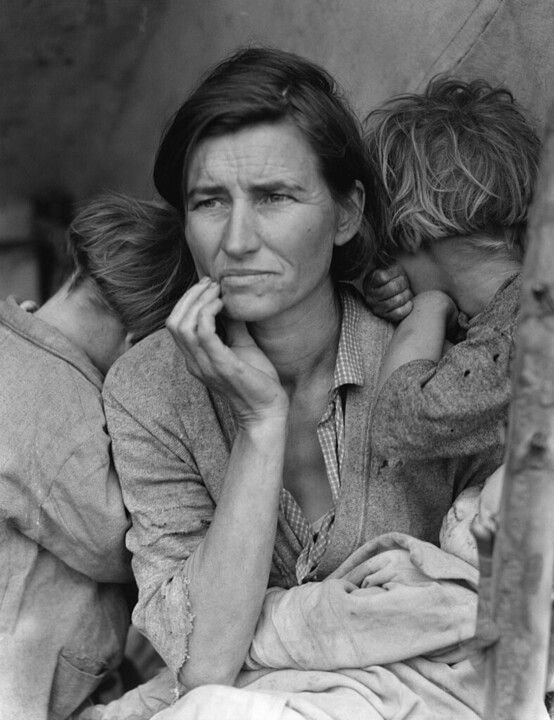 Migrant Mother, Dorothea Lange (1936), Franklin D. Roosevelt Library Public Domain Photographs
Migrant Mother, Dorothea Lange (1936), Franklin D. Roosevelt Library Public Domain Photographs
In February 1936, Dorothea Lange captures the famous photo that will make her world famous: "Mother Migrant". Exhausted after a day's work, she is about to put away her equipment when her eyes fall on a woman with anxious eyes, surrounded by her children, on the side of a road. Moved by this scene, the photographer takes a series of six shots, including that of this migrant mother who will become emblematic.
Dorothea Lange succeeds in capturing with accuracy and dignity the despair of this woman through her tired and distant gaze. Beyond the artistic quality of this image, where we see the woman from the front, turning her head with her children huddled against her, completely anonymous and expressionless, this shot also had a real social and political impact.
First published on March 11, 1936 in the "San Francisco News", this photo quickly spread across America and became the symbol of the Great Depression. It moved consciences and led to emergency aid from the federal government to feed the population in distress.
In 1978, we learn that this emblematic mother, often compared to the "Madonna", is called Florence Thompson. She was on this side of the road with three of her children while waiting for her husband to return from repairing his car. Although the reality does not correspond exactly to the image that we had imagined, this does not alter the emotion that this photo releases.
This shot symbolizes not only an era, but also the work and commitment of the author who knew how to stand out at a time when photography and independent women artists were rare. Through this image, Dorothea Lange enters history three times: that of her time, hers and that of photography.
Main works
"Migrant Mother" (1936): This iconic photograph captures a migrant mother, Florence Thompson, surrounded by her children, expressing the distress and anguish of the Great Depression. She became a symbol of this difficult period and had an important social and political impact.
"White Angel Breadline" (1933): This photograph highlights poverty and the impact of the economic crisis. It depicts men waiting for food in a queue, symbolizing the struggle of homeless people to meet their basic needs.
"Ditched, Stalled, and Stranded" (1935): This series of photographs documents the aftermath of drought and the Dust Bowl in rural America. It shows ruined farmers and their desolate lands, revealing the ravages of these crises on communities.
"Japanese American Internment" (1942): Hired by the government to document the forced internment camps of people of Japanese descent during World War II, Lange captured striking images of life in these camps, exposing the injustices and human rights violations.
- "Migratory Cotton Picker, Eloy, Arizona" (1940): This photograph depicts a migrant cotton picker in a camp in Arizona. It sheds light on the difficult working conditions and the precariousness of the lives of migrant agricultural workers.
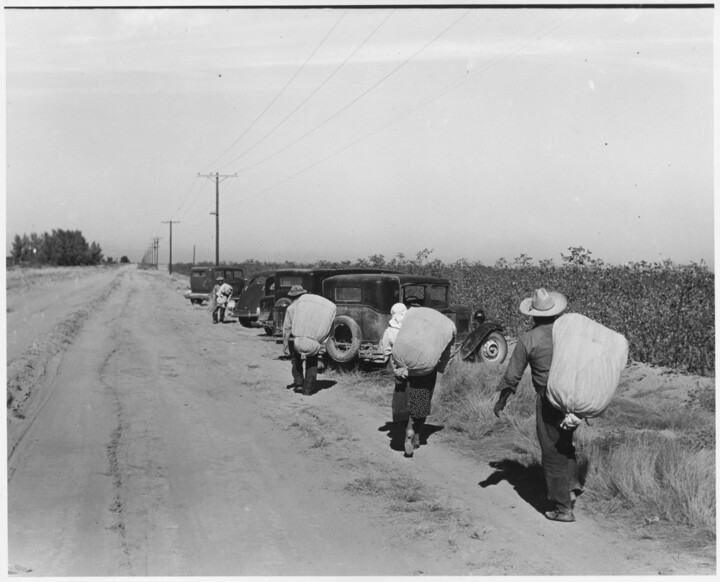
- "An American Exodus" (1939): This series of photographs documents the journey of migrant families seeking employment across the United States. The images illustrate the challenges and sacrifices these families faced in their quest for a better life.
- "Children at Weill public school, San Francisco" (1939): This photograph shows children at a public school in San Francisco. It highlights the social and economic inequalities that affected youth during the Great Depression.
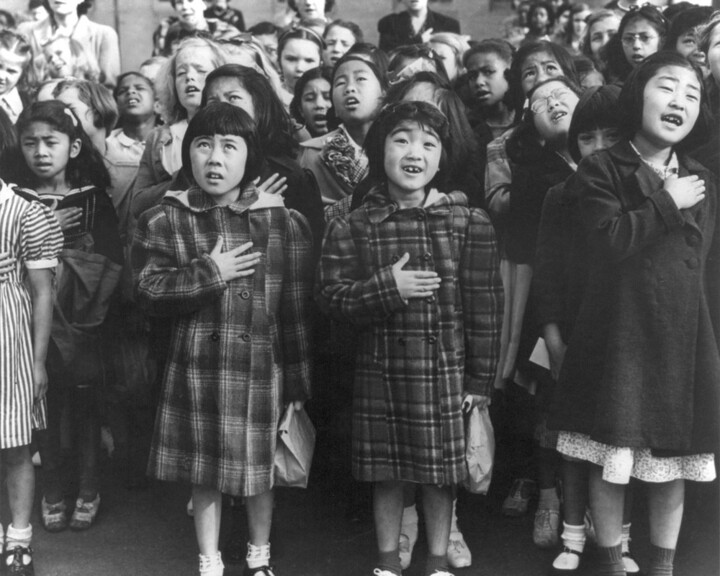
- "Tractored Out, Childress County, Texas" (1938): This image reveals the aftermath of
mechanized farming on farmers, showing an abandoned farmhouse in Childress County, Texas. It testifies to the profound changes in the agricultural world and the difficulties encountered by traditional farmers. - "Migrant Worker, Imperial Valley, California" (1937): This photograph features a migrant worker in Imperial Valley, California. It illustrates the precarious living conditions of seasonal workers and their struggle to find a job and decent housing.
The publications
- "An American Exodus: A Record of Human Erosion" (1939): This book presents a collection of photographs by Dorothea Lange accompanied by texts by Paul Schuster Taylor. It documents the journey of migrant families across the United States during the Great Depression, offering powerful testimony to the realities of the time.
"The Photographs of Dorothea Lange" (1963): This publication is a retrospective of Lange's work, including a selection of her most famous photographs. It makes it possible to discover the full extent of his talent and his social commitment.
"Dorothea Lange: A Life Beyond Limits" (2009) by Linda Gordon: This is a detailed biography of Dorothea Lange, written by historian Linda Gordon. The book explores the photographer's personal and professional life, highlighting her impact on documentary photography and her role in American social history.
"Dorothea Lange: Grab a Hunk of Lightning" (2013): This publication accompanies a documentary of the same name directed by Dyanna Taylor, the granddaughter of Dorothea Lange. It features rare photographs and testimonials from people who knew Lange, offering an intimate perspective on his life and work.
"Dorothea Lange: Politics of Seeing" (2018): This book accompanies an exhibition organized by the Oakland Museum of California, presenting a retrospective of Lange's photographs. It explores the social and political themes that shaped his work, offering an in-depth look at his legacy and impact on documentary photography.
Prizes and awards
Guggenheim Fellowship (1941): Dorothea Lange was awarded a Guggenheim Fellowship, which allowed her to continue her documentary work and make photographs of rural communities in America.
Medal of Freedom (1966): Posthumously, Dorothea Lange was awarded the Medal of Freedom, one of the highest civilian honors in the United States, in recognition of her commitment to human rights and his use of photography to raise awareness of social issues.
Induction into the International Photography Hall of Fame (2003): Dorothea Lange was honored as a member of the International Photography Hall of Fame, an institution that celebrates the achievements of great photographers around the world.
Lucie Award for Lifetime Achievement (2006): The Lucie Awards are prestigious awards in the field of photography. Dorothea Lange was honored for her body of work and her lasting impact on documentary photography.
Main exhibitions
"Dorothea Lange: A Visual Life" (1966): This retrospective exhibition took place at the Museum of Modern Art (MoMA) in New York. It featured a wide selection of Lange's photographs, highlighting his unique documentary style and social engagement.
"Dorothea Lange: Photographs of a Lifetime" (1972): This traveling exhibition was organized by the Oakland Museum of California and traveled throughout the United States. It featured an extensive selection of Lange's photographs, highlighting his iconic images of the Great Depression.
"Dorothea Lange: American Photographs" (1994): This exhibition, organized by the San Francisco Museum of Modern Art (SFMOMA), explored Lange's work through a selection of her most influential photographs. She highlighted his ability to capture intimate and poignant moments of American life.
"Dorothea Lange: Politics of Seeing" (2017-2019): This major exhibition was presented at the Oakland Museum of California before traveling to other prestigious institutions. It offered a comprehensive retrospective of Lange's work, highlighting his most famous photographs and exploring the social and political themes that shaped his career.
The influences of Dorothea Lange in contemporary culture
Cinema: The film "The Grapes of Wrath" (The Grapes of Wrath) directed by John Ford in 1940, adapted from the novel by John Steinbeck, is inspired by the photographs of Dorothea Lange and the period of the Great Depression that she has documented. The film depicts the struggles of migrant workers during this difficult time.
Fashion: In 2018, fashion house Calvin Klein presented a collection inspired by Dorothea Lange's photographs during New York Fashion Week. Clothing and settings in the collection paid homage to the aesthetics of the Great Depression and the poignant portraits captured by Lange.
Contemporary Art: In 2009, American artist Carrie Mae Weems created a series of photographs entitled "The Louisiana Project", directly influenced by the work of Dorothea Lange. These photographs explore questions of social injustice and the human condition, referring to Lange's documentary style.
Activism and social movements: In 2017, during the Women's March in Washington DC, many placards and posters displayed quotes and references to Dorothea Lange's photographs. The images of strong, determined women captured by Lange were used as symbols of resistance and social engagement.
Quotes from Dorothea Lange
"The camera is a powerful instrument for obvious reasons, but it's more than that. It's a way of living, a method of expression, a way of honoring life."
"The world is full of wonders that deserve to be seen and heard. You just need to have your eyes and ears open to discover them."
"I've never seen an eye that sees for a moment and disappears forever. It's all there, recorded. People may not know it, but photographers do."
"Photography is a universal language. It transcends linguistic and cultural barriers, and allows stories to be told without words."
"Photography is a truth which, if not quite true, is truer than reality."

A Dollar a Day, Dorothea Lange (1936)
7 incongruous things to know about Dorothea Lange
Dorothea Lange studied photography at Columbia University, but first pursued a career as a portrait painter in New York before devoting herself to documentary photography.
She was infected with poliomyelitis at the age of seven, which left scars on her right leg all her life.
Her birth name was Dorothea Nutzhorn, but she adopted her mother's maiden name, Lange, after opening her portrait studio in San Francisco.
Dorothea Lange was married to artist Maynard Dixon, who was twenty years older than her. They had two sons together.
She became famous for her 'Migrant Mother' photograph, but she actually took a series of six shots of the woman and her children during this photo shoot.
His photographs had a direct impact on government policies of the time. For example, the publication of her photo "Migrant Mother" prompted the federal government to release emergency aid for people affected by poverty.
She also documented internment camps for people of Japanese descent during World War II, but her photographs were censored by the Roosevelt administration at the time.

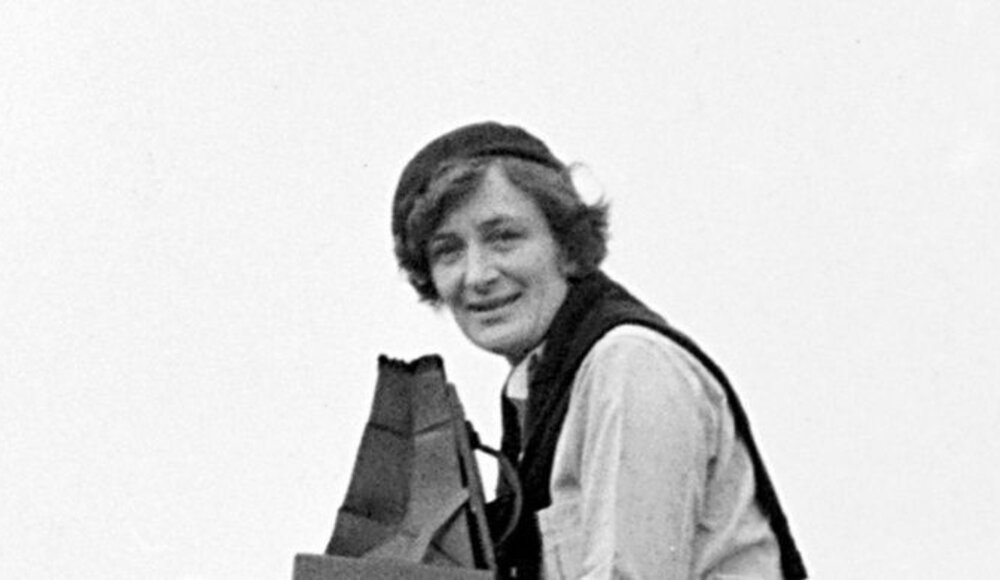
 Jean Dubreil
Jean Dubreil